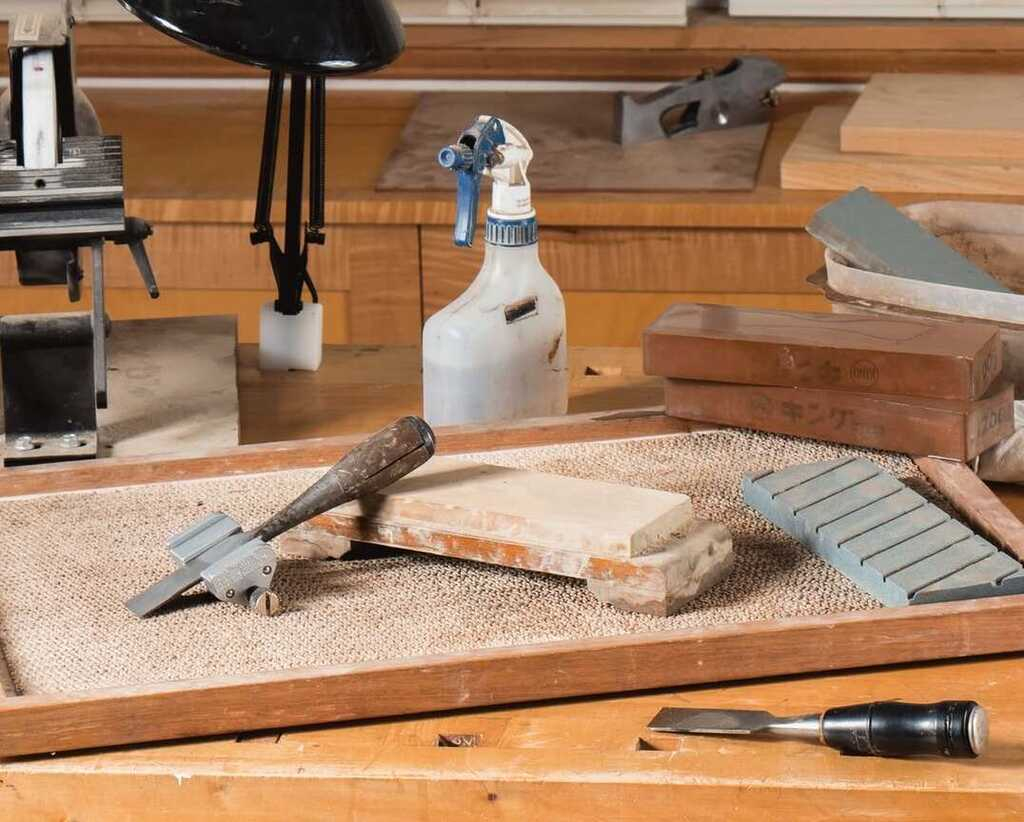Embarking on a DIY wood project is an exciting and rewarding experience. Whether you’re building a piece of furniture or crafting home decor, working with wood allows you to create something meaningful with your own hands.
This guide will help you get started by covering the essential tools, materials, and tips for beginners. With the right knowledge and preparation, you can confidently begin your DIY woodworking journey.
Understanding the Basics of DIY Wood Projects
Before diving into your first project, it’s important to understand the basics of woodworking. DIY wood projects vary greatly, from small items like picture frames to larger furniture pieces such as tables and shelves. Beginners often start with simpler projects that allow them to get comfortable with the tools and techniques involved. As you gain experience, you’ll find yourself tackling more complex builds with ease.
One of the main advantages of DIY woodworking is the ability to customize your creations. You can design pieces that perfectly fit your space, taste, and needs. Additionally, DIY projects are often more affordable than buying ready-made items, making them a great choice for budget-conscious individuals. Beyond the financial benefits, woodworking fosters a sense of accomplishment and creativity, providing both a fun challenge and a chance to develop a valuable skill set.
A key element of many woodworking projects, especially those that require precise holes or deep drilling, is the use of long drill bits for wood. These specialized bits are perfect for drilling through thicker pieces of wood or when you need to create deeper holes for various components. Using the correct drill bit ensures clean, accurate results, and it’s an essential tool to add to your collection as your projects grow in complexity.
Essential Tools for DIY Woodworking
Hand tools are crucial for any DIY woodworking project. A good set of measuring tools, such as a tape measure, square, and ruler, will help ensure accuracy when cutting and assembling your wood. These are foundational for achieving clean, professional results. A handsaw or coping saw is essential for cutting wood manually. While these may seem basic, they offer great control for smaller, detailed projects.
A hammer and mallet are necessary for driving nails and tapping pieces into place. However, for a more precise finish, you may also want a rubber mallet, which helps prevent damaging the wood. Sanding tools, such as sandpaper and sanding blocks, are also vital for smoothing the surface of your projects, eliminating rough edges, and preparing your wood for finishing.
Power tools take woodworking to the next level. A drill and an assortment of drill bits are indispensable for making holes in wood, whether you’re installing screws or creating decorative details. For more complex cuts, tools like a jigsaw or a circular saw are invaluable. These power tools allow you to make quick, straight cuts or intricate curves with ease. Additionally, an orbital or belt sander can help speed up the smoothing process for larger projects.
Choosing the Right Materials for Your Wood Projects
Softwoods such as pine, cedar, and fir are commonly used in DIY projects. These woods are typically more affordable and easier to work with, making them ideal for beginners. Softwoods are often lighter and softer than hardwoods, which means they can be cut and shaped with relative ease. However, they may not be as durable as hardwoods, making them better suited for indoor projects like small furniture or décor.
Hardwoods, on the other hand, are denser, heavier, and more durable. Woods like oak, maple, and walnut are excellent for furniture pieces that need to withstand wear and tear. While they are more challenging to cut and work with, the finished product is often sturdier and more aesthetically pleasing.
Plywood and MDF (medium-density fiberboard) are often used in projects that require a smooth, uniform surface. Plywood is made from thin layers of wood veneer, providing a strong yet flexible material for various applications. It’s commonly used for shelving, cabinets, and large furniture pieces. MDF is a manufactured wood product that’s highly dense and smooth, making it ideal for projects that need a flawless finish. It’s often used for cabinetry, panelling, and intricate details but may not be as durable as solid wood.
Starting Tips for Your First DIY Wood Project
Start by planning your project. Sketch out your design and make a list of the materials you’ll need. This will help you visualize the finished product and determine exactly what to purchase. It’s also helpful to measure your space to ensure the project fits where you intend to place it.
Once you have your design, gather your tools and materials. Set up a clean, organized workspace, whether it’s in your garage, workshop, or another area. Make sure your work surface is sturdy and well-lit to ensure safety and accuracy.
When you begin cutting and assembling, take your time to measure and cut precisely. Mistakes can be costly in terms of both time and materials. When joining pieces together, use wood glue to reinforce the bonds, and screws or nails to secure them. Remember to clamp the pieces while the glue dries for a tight, stable connection.
Conclusion
DIY woodworking is a fulfilling hobby that combines creativity, practicality, and skill. By starting with the right tools, materials, and a simple project, you’ll gain the confidence to tackle increasingly complex builds.
Whether you’re crafting home décor or furniture, each project will provide valuable experience and a sense of accomplishment. As you learn and grow in your woodworking journey, remember that patience, practice, and persistence are key to success.

